displayed January 1, 1776, by General Washington at Cambridge, Massachusetts. The canton is that of the Union of England and Scotland, the crosses of St. George and St. Andrew. The stripes are from the ensign of the East India Company chosen because of the significance of the thirteen colonies. Presented by Frederick P. Wilmer. and T. Wilson Wilmer in memory of their father, Arthur P. Wilmer.
Culpeper Minute Men
The flag of the Battalion Culpeper Minute Men of 1775. This Battalion of 150 wore uniforms of green hunting shirts with the motto “Liberty or Death” across the chest. They were called “The Shirtmen”. They were in the front at the Battle of Great Bridge in November, 1775 against Lord Dunsmore, the last Royal Govenor of Virginia. One volunteer wanted the motto changed to “Liberty Or Be Crippled”. Presented by Joseph Y. Gayle, Dr. R. Finley Gayle, Lester T. Gayle and Kenneth H. Gayle in the memory of their Revolutionary War ancestors, Captain Robert Gayle and William Richardson.
Hanover Flag
The flag of the first Virginia Regiment also known as the “Shirtmen”. One of the flags of the First Virginia Regiment. It was used first by “Shirtmen” of Hanover County, Virginia. Presented in memory of the officers and men of that regiment and one soldier of that regiment who served at Trenton, Princeton, Germantown, Valley Forge, Monmouth and Guilford, by General Edwin Cox, a former president.
Washington’s Headquarters Flag
First flown at Valley Forge and subsequently the Headquarters Flag of the Continental Army. It has 13 stars, wach with six points on a blue field. Presented by William Ronald Cocke III, in memory of his Revolutionary ancestor, Captain Chastain Cocke.
United States Flag
The United States Flag with forty-eight stars. Presented by A. J. Battle, Jr.
Guilford Flag
The flag of the North Carolina Militia carried at Camden, King’s Mountain, Cowpens, Hillsborough, and Guilford against the British. The costly campaign led to the final defeat of Lord Cornwallis. The flag has 13 blue stars, each with eight points, against a white background. It also has blue and red stripes, rather than the usual red and white ones. Presented by Samuel Spencer Jackson and Herbert Worth Jackson, a former president.
Crescent Flag of South Carolina
This Flag was used by troops under the command of Colonel Moultrie at Charleston in 1776. It is the basis of the state flag of South Carolina adopted later. Presented by William Rhodes Thomas, in memory of his Revolutionary War ancestor, Captain Michael Thomas.
Bunker Hill Flag
Is the so-called New England Flag with a pine tree, the New England symbol of liberty, flown at the Battle of Bunker Hill, June 17, 1775. The flag dates back to a pre-revolutionary maritime flag with the addition of the “pine tree”. It has the Red Cross of St. George. Presented by Herbert Worth Jackson, Jr., a former president.
The Bennington Flag
This is the first stars and stripes carried by any land force in battle (Battle of Bennington, Vermont, August 16, 1777) and the first flag to be “raised in victory”. It demonstrates how little concern there was in the first decades of the United States for standardized flag patterns. Presented by Barbour N. and Jane Douthat Thornton, in memory of General Stephen Moylan and Colonel Thomas Barbour, officers of the Revolution.
The Flag of the Continental Navy
The First Continental flag, this colour was used on some of the thirteen ships provided by Congress in 1775. It bore the famous rattlesnake symbol, already seen on the Culpeper Minutemen Flag and the motto “Don’t tread on me”. Presented in memory of Archie P. Cone, by a group of his friends.
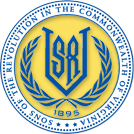

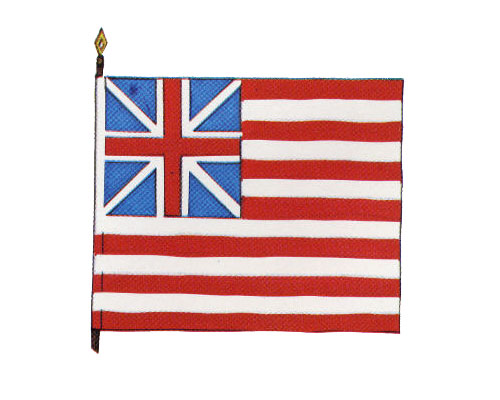
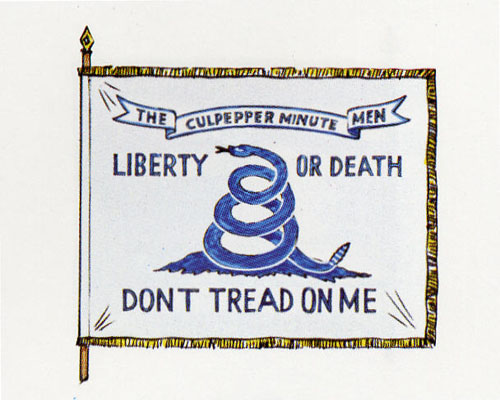
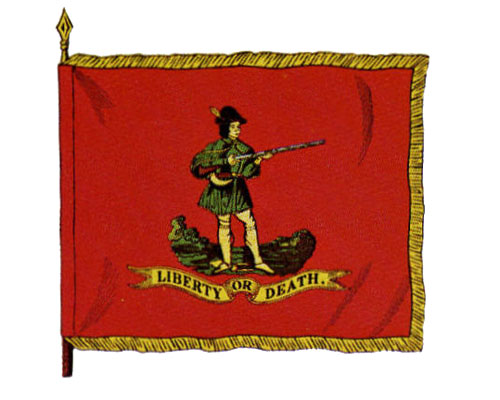
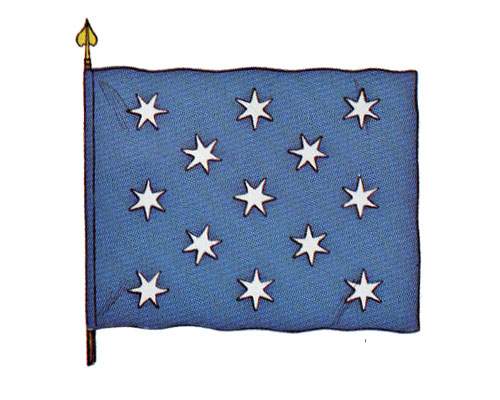

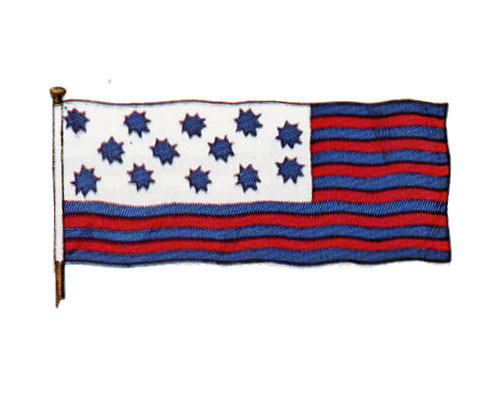
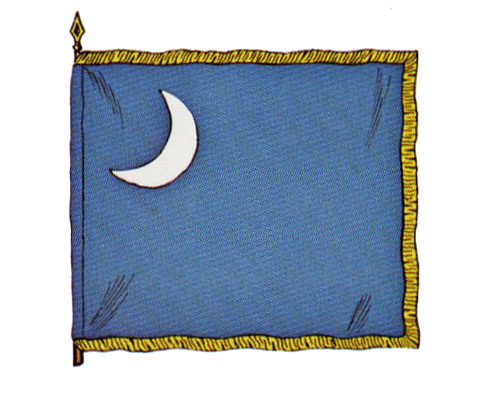
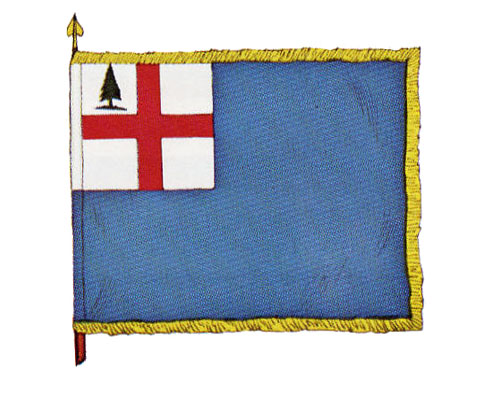
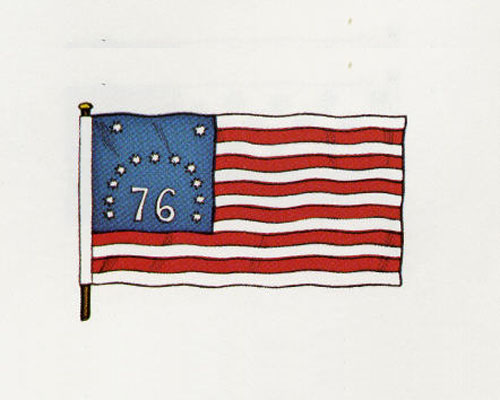
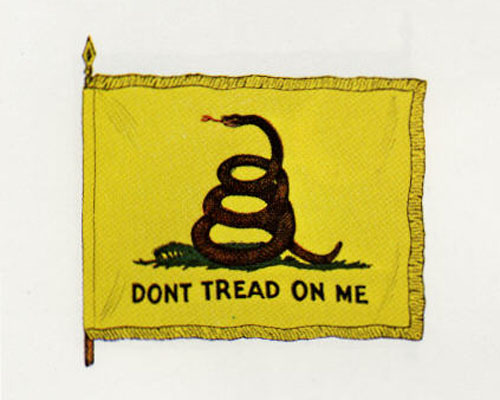
Recent Comments